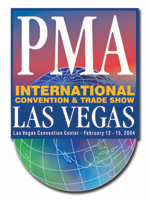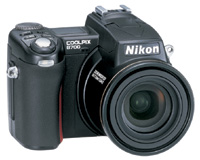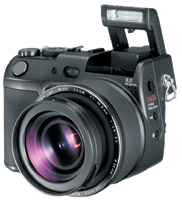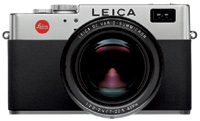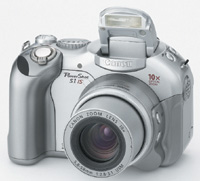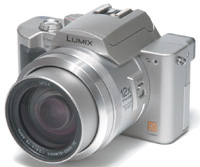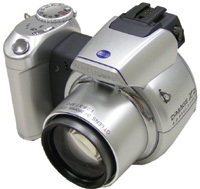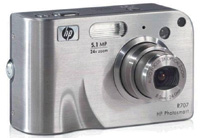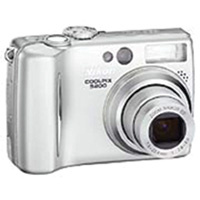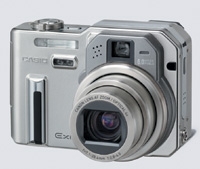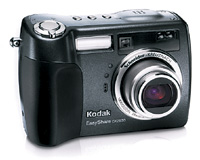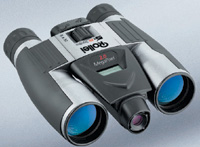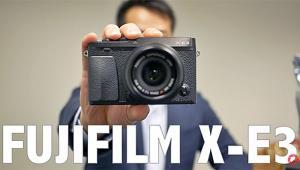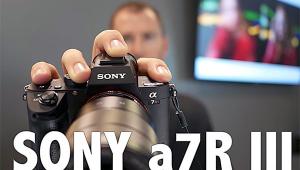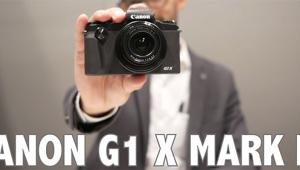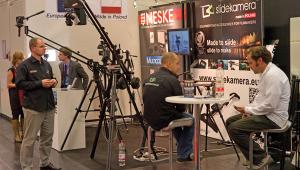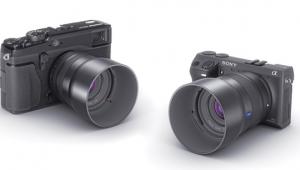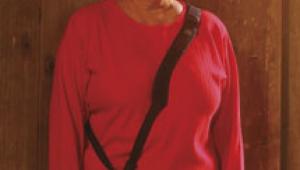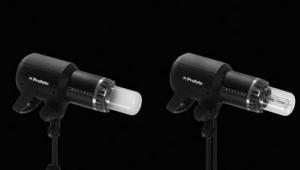Point-And-Shoot Digicams
Some Exciting Innovations; Some Tried And True
Just when you thought you'd
seen it all, along come some revolutionary changes and surprising introductions
in point-and-shoot digital cameras--enough so as to make me want
to go out and buy several of the new digicams shown at this year's
PMA. While some may view the prosumer 8-megapixel CCD camera as the
pre-eminent category, I chose to view the digicams on overall merit,
and found several 5- and 6-megapixel cameras to be equally noteworthy,
if not more so, especially in light of compact size. New Chip Tech |
||
Pro-Level & Prosumer
EVF Digicams, Up To 8Mp |
||
Konica Minolta DiMAGE
A2 |
||
Nikon Coolpix 8700 |
||
Olympus C-8080 Wide |
||
Fuji FinePix S20 |
||
Leica/Panasonic Entries |
||
10x & 12x EVF Digizooms |
||
PowerShot S1 IS |
||
Panasonic FZ10 |
||
RTUNE Tech |
||
Olympus Ultra Zooms |
||
Konica Minolta Z2 Compact 5Mp & 6Mp
Digicams |
||
"Best Of Show"
R707 |
||
Coolpix 5200 |
||
Casio EX-P600 |
||
Kodak 6Mp Entry |
||
Vivitar 6Mp |
||
5Mp For $379 |
||
Digital ELPH |
||
Samsung With Schneider |
||
Sony's 5Mp Cyber-Shots 7-In-1 Digicam |
||
Polaroid/Foveon Compact/Pocket 3Mp
& 4Mp Digicams |
||
Sports Digicams |
||
If you want to reach for the
stars, there is Kowa's TD1 Super Telephoto Zoom Digital Camera,
a spotting scope with camera, boasting 450-1350mm zoom, 3-megapixel CCD,
auto and manual focusing, white balance, color LCD, burst mode, exposure
compensation, and JPEG capture on Secure Digital card; remote control
included. |
- Log in or register to post comments
